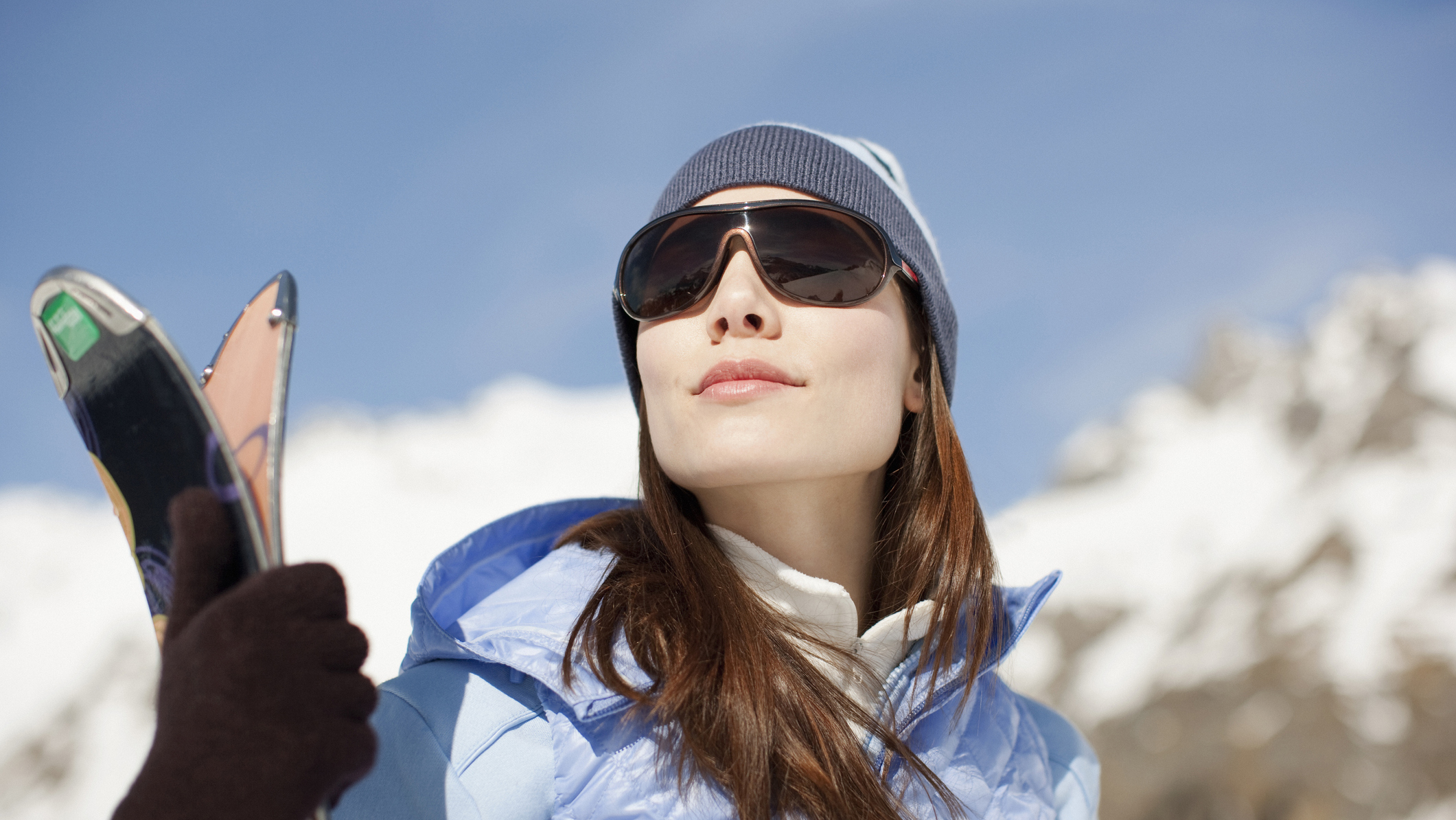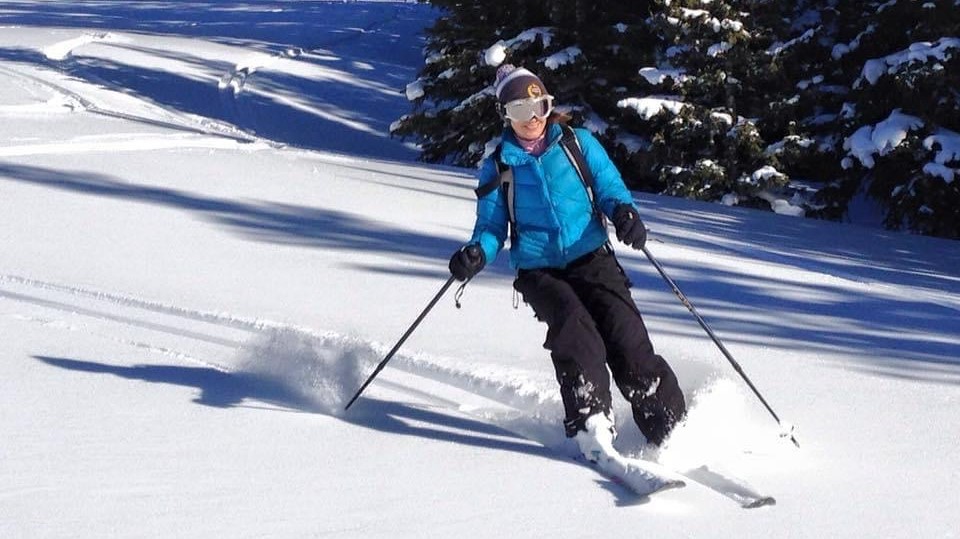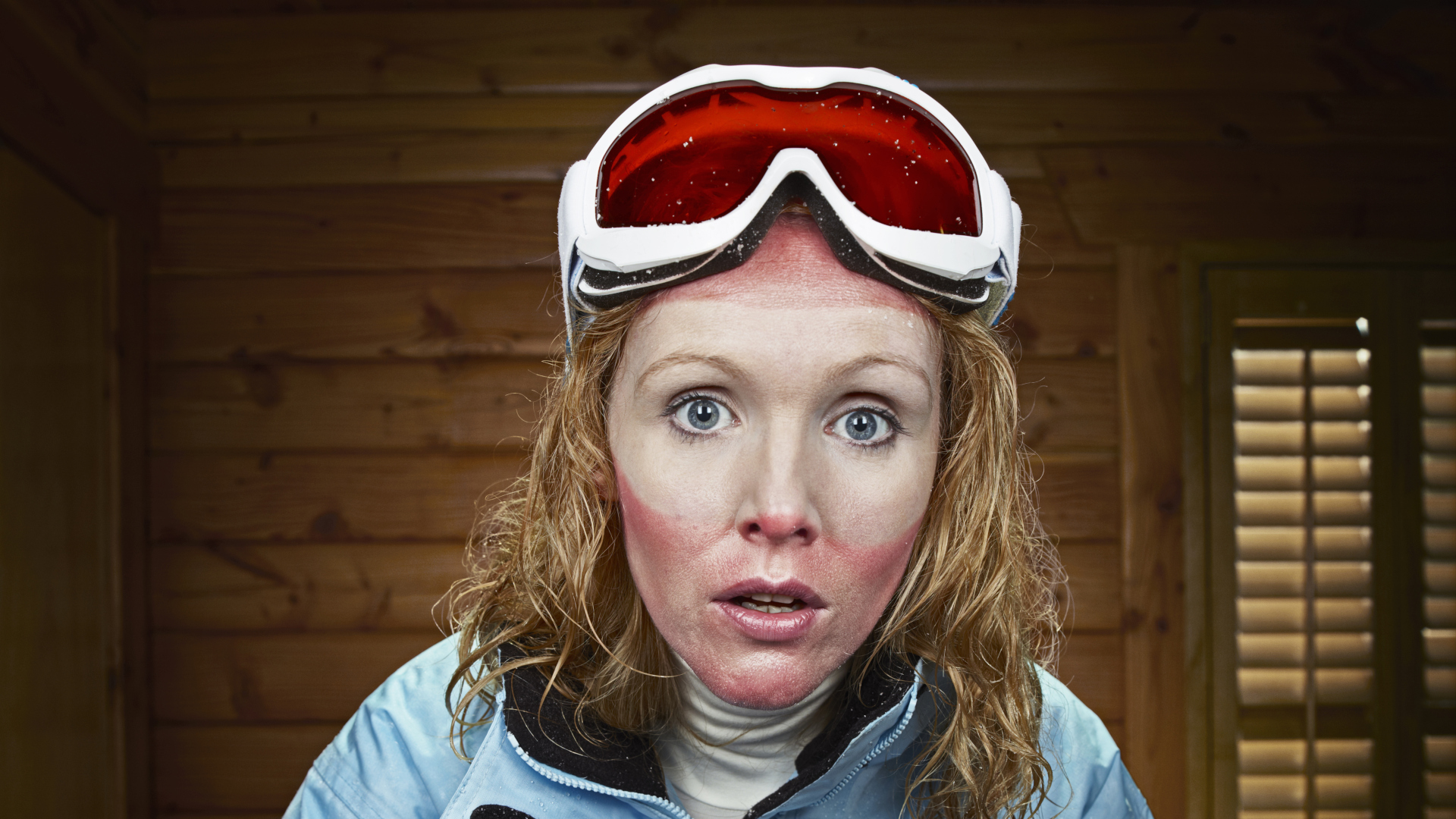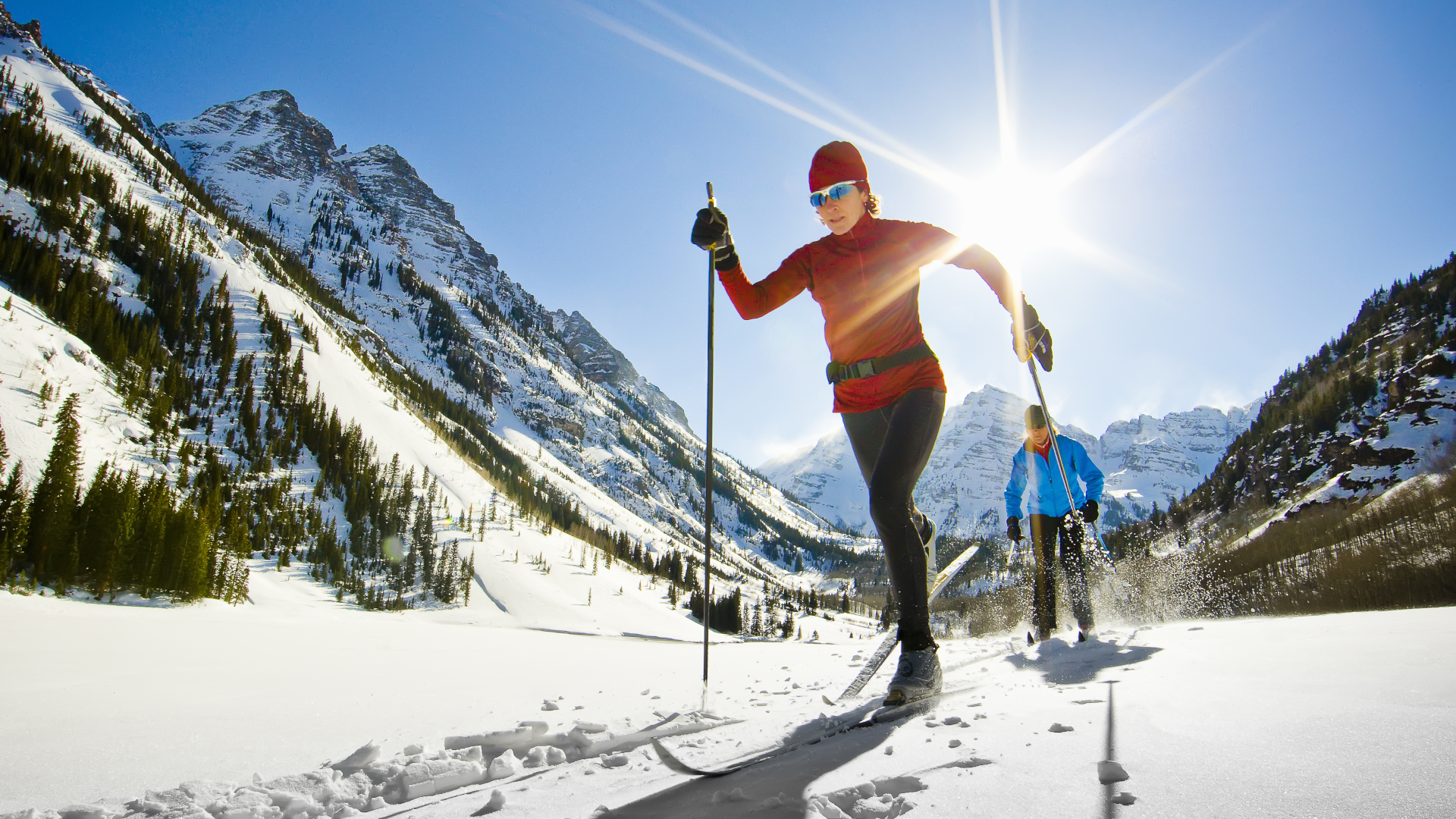Can you get sunburn in winter? We dispel the myths
We look at the ways snow sports can increase your risk of skin damage, and offer simple tips to shield your skin from harmful UV rays

Can you get sunburn in winter? It's a fair question. It's easy to associate UV rays with heat. During summer, we go to great lengths to cover up and protect ourselves from the glaring sun, donning hats, shades and applying suncream by the bucket load. Yet, on a crisp, blue winter's day, the need to shield ourselves from the sun doesn't seem as pressing. When we’re bundled up in layers of clothing, it’s easy to forget or disregard this important practice.
However, can you get sunburn in winter? Absolutely yes. Sunburn can happen in any season when your skin is overexposed to UV rays from the sun. In the summer, it’s true that we're exposed to more UV rays because of the angle of Earth towards the Sun, and that combined with more bare skin on display means we are more susceptible to sunburn.
However, even though we're exposed to less UV rays when the Sun is lower in winter, you can still get burnt. This usually happens when you forget to put sunscreen on exposed areas of skin, like your face and hands, and also when you’re recreating in areas at high altitude with lots of snow and ice. Just as you wouldn't forego wearing sunglasses or ski goggles to protect your eyes, you shouldn't forget to protect your skin during ski season too.
Meet the expert

Julia lived the ski resort life for 11 years when she quit her mainstream job and upped sticks to Vali, Colorado. She knows better than most the importance of protecting your skin in winter, whether on the slopes or on the trails. These days, she's back in her native Scotland, where winters aren't famed for sunshine. Nevertheless, she always makes sure she's protected on long days spent in the great outdoors.
Can you get sunburn when it’s cold?
- Temperature has no bearing on UV levels
- On a cloudy day, UV can be almost as strong as on a clear day

Yes, temperature has no bearing on the level of UV radiation from the sun. Furthermore, cloud coverage might make the sun feel less intense and the day less hot, but the level of UV rays on a cloudy day can be similar to that of a bright, blue sky day.
Does snow increase sunburn?
- Snowy terrain reflects up to 80% of the sun's UV rays
- This makes those exploring snowy terrain more exposed to the risks
- The risk also increases at higher altitudes

In particular, when it comes to winter sports, you might actually be more at risk of sunburn. When you’re cross country skiing or snowshoeing, the snow beneath you reflects up to 80% of the sun’s UV rays, meaning that even though the sun is lower, you may be almost doubling your exposure.
To add insult to injury, UV exposure gets greater the higher you go in elevation, so if you’re skiing or hiking at high altitude, you’re at an even higher risk. And now you know why skiers in 1980s ski movies always had a white streak of zinc oxide on their noses.
Do I need sunscreen in winter?
- Skin damage can lead to skin cancer, the most common form of cancer in the US
- It's useful to add applying suncream to your outdoor routine, covering any exposed skin

If you’ve only ever had mild sunburn, it may not seem like such a big deal. Just some hot, red, itchy skin for a day or two, right? But a bad sunburn can blister, make you quite ill, and in the long run, damage to your skin caused by UV light can lead to skin cancer, which is the most common type of cancer in the US. Protecting your skin from the sun is an important safety aspect to adventuring outdoors in any season.
All the latest inspiration, tips and guides to help you plan your next Advnture!
Although people with paler skin are at more risk of getting burnt, anyone can get skin damage and cancers. The best approach is to make sure that a good sunscreen is part of your regular outdoor kit. It’s helpful to get dressed in your outdoor gear first so you know what skin is going to be exposed, then apply sunscreen to those areas about 30 minutes before you leave the house. Carry your sunscreen with you as you may need to reapply if you’re outside for more than a couple of hours.

Other helpful tips
Here are some other helpful tips for protecting your skin against the sun:
- Choose sunscreen with an SPF 30 or higher
- Look for a sunscreen that protects against both UVB and UVA rays
- Use water resistant sunscreen since you’ll probably be working up a sweat
- Reapply sunscreen every two hours
- Don’t forget your ears and part in your hair
- On very sunny winter days, avoid being outside in the middle of the day if possible
- Protect your eyes with UV blocking sunglasses
- Dress in hiking pants and long sleeved base layers that have UV protection
- If you're not wearing a helmet or beanie, wear a hiking hat with a brim to offer shade
Julia Clarke is a staff writer for Advnture.com and the author of the book Restorative Yoga for Beginners. She loves to explore mountains on foot, bike, skis and belay and then recover on the the yoga mat. Julia graduated with a degree in journalism in 2004 and spent eight years working as a radio presenter in Kansas City, Vermont, Boston and New York City before discovering the joys of the Rocky Mountains. She then detoured west to Colorado and enjoyed 11 years teaching yoga in Vail before returning to her hometown of Glasgow, Scotland in 2020 to focus on family and writing.

